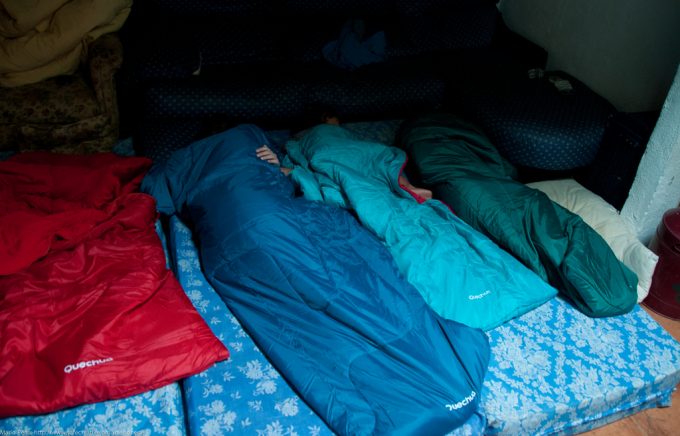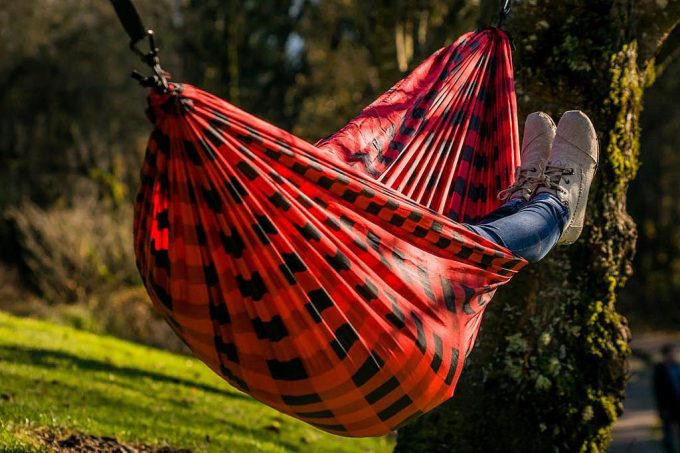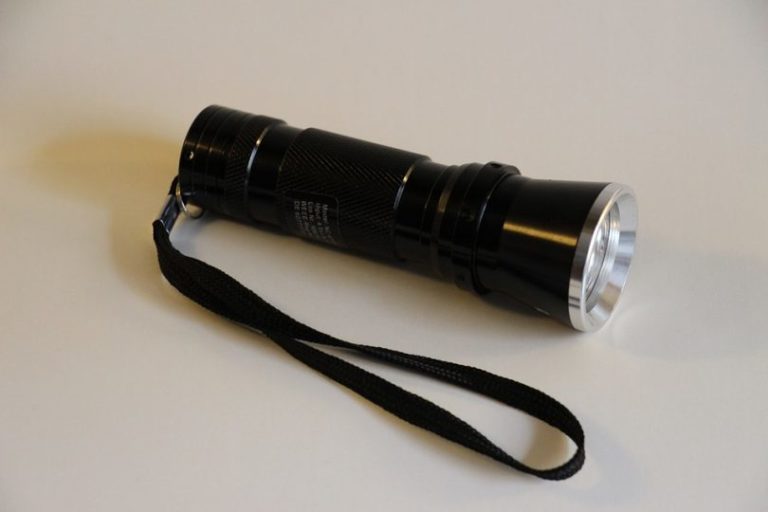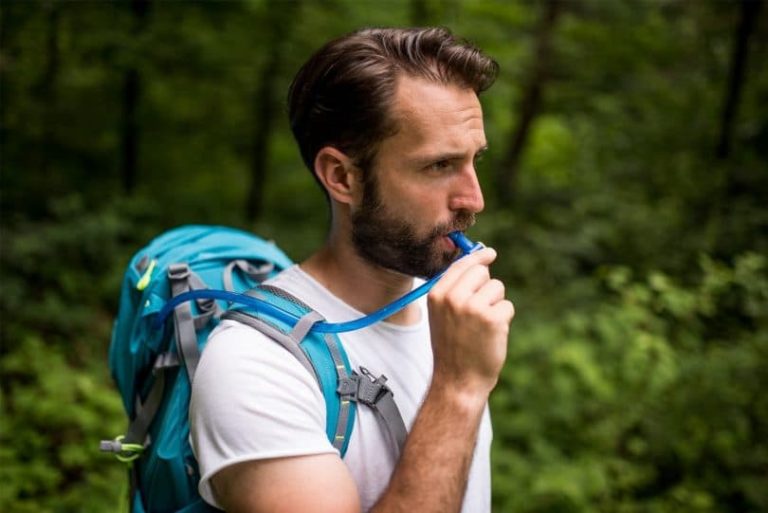Types of Backpacks: We Bet You Didn’t Know There Were so Many
When you’re going on an outdoor adventure, choosing among all the types of backpacks on the market can be quite a daunting chore for some, while others may be completely enthusiastic about it.
Either way, depending on your trip, the weather and other factors, you’ll have to get the perfect backpack to carry all your stuff, so we’ve decided to make a list to help you decide easier.
[the_ad_group id=”21″]
Although not all these backpacks are designed specifically for the great outdoors, you’re the one who decides their purpose, so the perfect bag may be in your closet right now.
What to look for
There are lots of reasons why you need a backpack, and camping/ hiking is definitely one of those. But you might also consider one to carry your things to work, and/ or the gym. Either way, the things you have to consider when getting one suggest which sort of backpack you’ll end up getting.
How much it costs
A sturdy backpack shouldn’t cost a lot, but the more resistant ones are generally pricier. On the other hand, there are pretty expensive products on the market that are less qualitative, though they have more bling.
But we still think you shouldn’t get the cheapest thing you find because a decent price range entails:
- Better quality of materials.
- Better craftsmanship.
- More durability.
- Resistance to tears and scratches.
- A long-term investment.
- Ability to customize according to your preferences and according to the trip.

A cheaper backpack may still be good if:
- It has the basic features you’re looking for.
- You’re not planning to use it very frequently.
- It’s resistant for your purpose.
How much it weighs
What you’re packing inside the backpack and the length of time you’re carrying it should influence how significant weight is for you. Comfort is the most important, though, and the things to consider are:
You can take a heavier backpack if:
- You’re used to carrying the load and have the body type for that.
- You need extra back support.
- You need more insulation.
- Heavier materials generally provide increased resistance.
- You’re not carrying it on your back for long.
- You carry huge loads.
A lighter backpack is better if:
- You’re walking for increased distances and time.
- You don’t need a heavy frame for back support.
- You’re not really used to carrying extra weight on your back.
- You don’t need really strong materials for insulation.
- You’re not taking a whole lot of heavy stuff with you.

The frame it offers
At this point, choosing between a light and a heavy frame depends on how much weight you’re planning to pack, so:
- A lighter frame is perfect for shorter trips, in warmer weather, when you’re luggage weighs less than 40 pounds.
- A stronger frame is perfect for longer or more specialized trips when you take stuff that’s heavier than 40 pounds. Plus you can rely on such a backpack in extreme weather conditions too, or you can attach a heavier tent/ sleeping bag to it.
See also: Internal VS External Frame Backpack: Which One do You Think it Suits You the Best?
How bulky it is
Volume is really important too, especially considering that you need to fit all your stuff inside. So get:
A bigger backpack
- Has over 40L total capacity.
- Is better for fitting in more stuff.
- May have more pockets and compartments.
- Is better for hiking, camping, and outdoor activities.
- Is perfect for winter expeditions.
- You’re sure you can bring gifts for people at home.
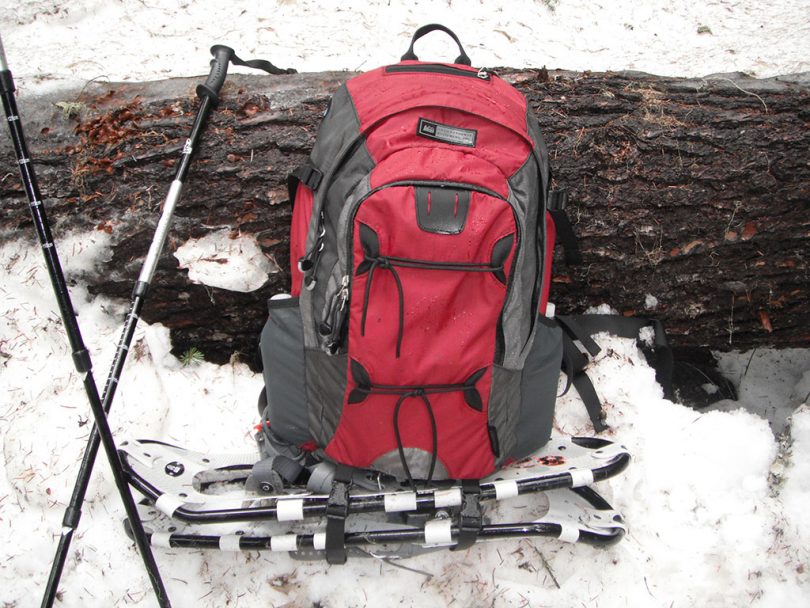
A smaller backpack
- Has below 40 L capacity.
- You’ll have to leave some things at home and just take the strictly necessary.
- You’ll probably have just a few compartments.
- It’s better for day-long journeys or for work/ school.
- It’s more appropriate to take in warmer weather.
How it looks
There’s a lot of stuff to consider when choosing between a simpler backpack and one that comes with a lot of customizations, because:
The basic design
- Is great for less specialized trips.
- You can make do with fewer things on to help you carry your luggage.
- You don’t need extra support.
- You’re the adept of comfort, not bling.
- Better for backcountry camping trips, school, work.
- Should cost less.
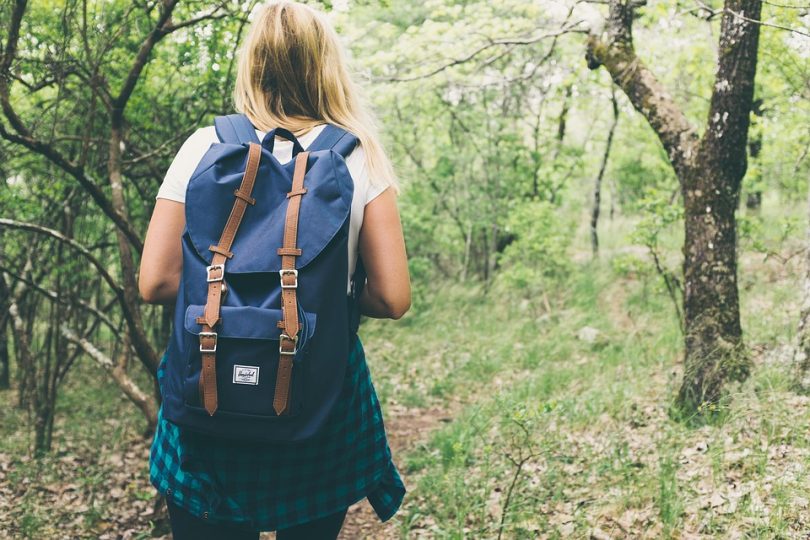
The complex design
- Offers more compartments to fit all your stuff inside.
- You’ll get more pouches and secret pockets for money, licenses, etc.
- There are extra zippers for quicker access.
- There’sa lot of clips for securing your things.
- You’ll have more straps for carrying the backpack more securely.
- You’re going away for longer.
- You’re going fishing, hunting or rock climbing.
- Some cool designs are less utilitarian, are more fashionable.
- Probably costs more.
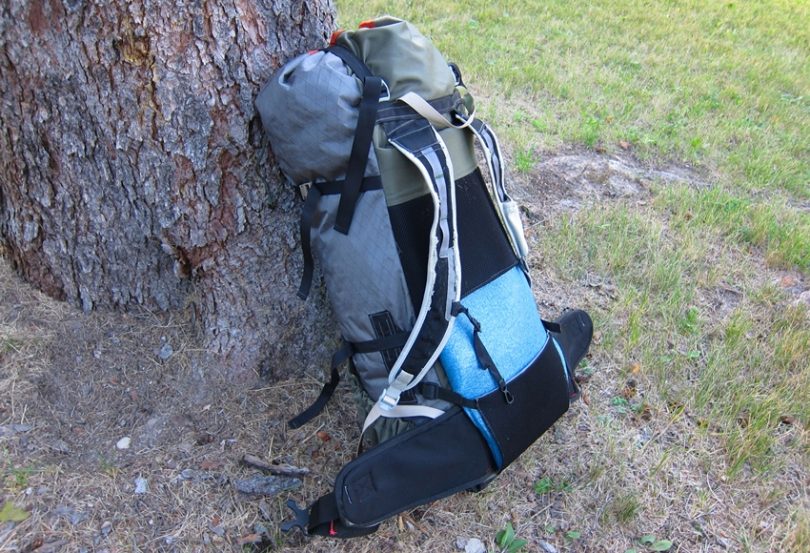
What’s it made from
The materials used will give you some hints regarding the backpacks’:
- Cost
- Durability
- Weight
- Resistance to water
So you can select between:
A cotton canvas backpack
- May be waterproof if it has a wax outer layer.
- It’s the classic sort of backpack.
- It’s heavier.
- It doesn’t do well if kept in humid environments.
- It’s more likely to tear.
- It’s made with other materials too, like synthetic ones to give it more resistance to water and tears.
- It’s the cheapest sort of backpack.
- It’s better for backcountry camping trips.
- Recommended for warmer weather, without many spots of rain.
- Definitely not recommended for fishing trips.
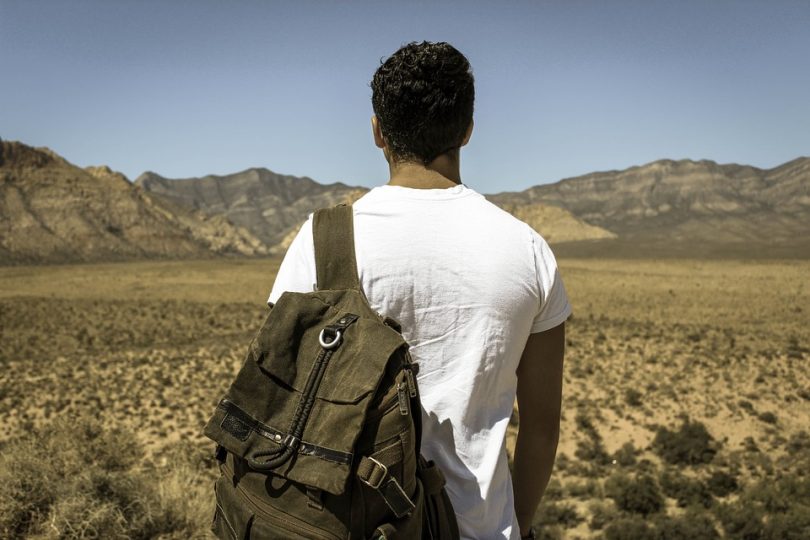
A Cordura® backpack
- It’s a modern construction, that’s really popular nowadays.
- It has a sturdy build.
- It’s the most qualitative fabric today.
- It performs well when exposed to abrasions and tears.
- It doesn’t weigh as much as the previous sort of backpack.
- It doesn’t resist all that well to punctures.
- It’s not waterproof, just resistant to water unless specifically coated with a polyurethane material.
A polyester backpack
- It’s better to take when hiking in full sun.
- It’s the most resistant sort of fabric against UV rays.
- It’s in the low-mid range of prices.
- It’s somewhat resistant to abrasions and water.
- Can work well as a school/ gym backpack.
- Isn’t extremely durable and doesn’t have a huge lifespan.
A nylon backpack
- It’s in the premium range.
- Most of them are cold bonded so they won’t delaminateeasily.
- Some such backpacks have adouble coating, which is great for increased resistance to water and scratches.
- Ripstop nylon backpacks is an improved model, with heavier threads, thus making it more resistant to rips and punctures.
- Ripstop backpacks are waterproof.
- It’s a light backpack, and ripstop ones are even lighter.
- It’s a good sort of backpack in most types of weather conditions and for most purposes.
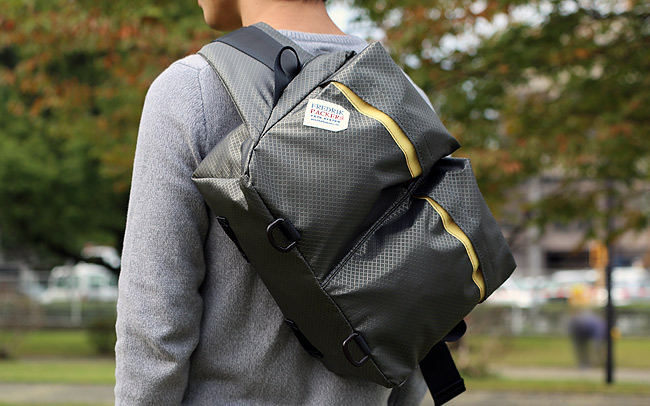
Things that backpacks have
Before comparing 5 different backpack models according to their purpose, let’s see what features you should be looking for:
The main compartment
This is something that all backpacks have because you need a place to put your stuff in, right?
[the_ad_group id=”22″]
You’ll probably have a top access to this compartment, and you’ll be able to fit most of your stuff here. For a basic sort of model, this main compartment is all that’s really needed from a strictly necessary point of view, because it doesn’t contribute to extra weight.

If your backpack has just this one compartment, organizing things will probably be more difficult. When packing things, in this case, you’ll have to put the heavier stuff at the bottom, as well as the things you don’t need quick access too.
Other pockets
Most backpacks on the market have other compartments and pockets too, which are smaller. We love this feature because:
- It proves quite handy to have quick access to more important stuff.
- You can organize things better.
- Mesh pockets are great to have in the rear of the backpack.
- It gives a cool look.
For instance, hip belt pockets are great for having stuff really at hand, and they’re a must if you’re not willing to stop a lot on the way to search through your backpack for various things. Just stash a chocolate bar here if you’re hiking, or your ID if you need one for work.
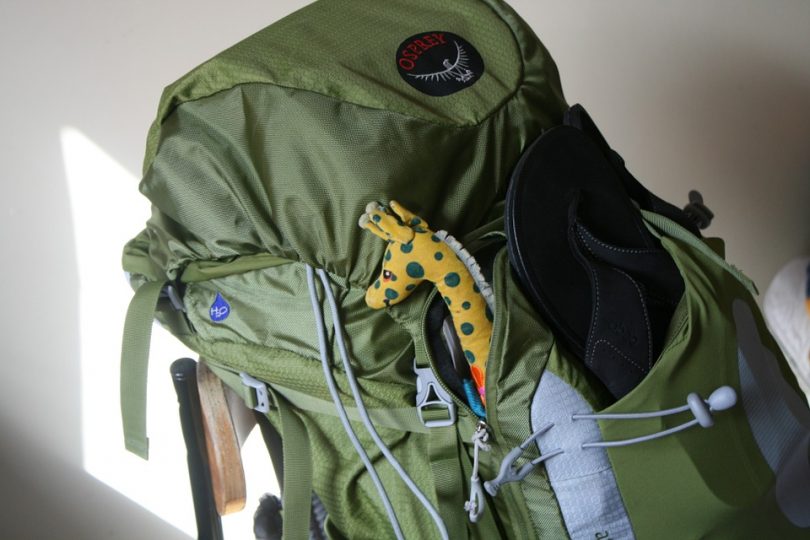
Shoulder pouchesare also quite useful for other small things, like maybe your sunglasses. These pouches are really something else when it comes to protecting your things, and keeping them at reach too.
Hip belt
The purpose of this feature is to help distribute the weight of the backpack between your shoulders and your hips. It’s better to wear it if you’re carrying a lot of weight and you’re constantly on the move because in this case, you want to give your back a break.
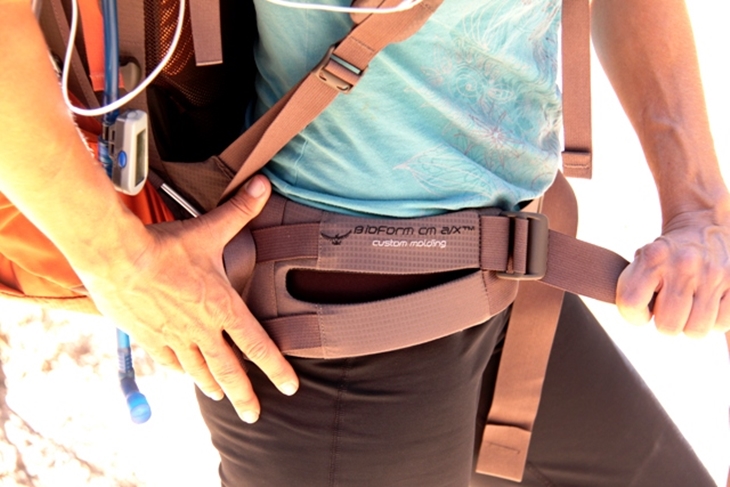
It’s also a good idea to wear a hip belt when you’re walking through extreme conditions, like lots of wind and snow, for extra stability and comfort.
Shoulder straps
Each backpack has shoulder straps, seeing as that’s the main support system. The differences stem between straps that offer increased comfort and basic models which offer less padding if any. So look for padding if:
- You want to reduce chaffing in warmer weather.
- You have back issues and pain.
- You’re walking for longer distances and more time.
- You’re carrying a bigger load.
- Comfort is your top priority.
Bottle holsters
No matter where you’re going or what you need your backpack for, you need to stay hydrated. That’s why most backpacks offer bottle holsters, regardless of their price, materials or purpose. However, make sure that the water bottles you put there are easy to reach, otherwise the holsters become pretty useless.

Hydration ports
More specialized backpacks offer hydration ports for water bladders, which are a must when hydration is your top priority.
Top closure
Either a top lid, or a roll-top, your main compartment has to close somehow, but there are differences between these two.
Top lids
- Add to the weight of your backpack.
- May not prove waterproof.
- Take more time to open and close.
- Are less secure.
- Are great for strapping down and reducing the overall volume.
Roll-tops
- Decrease the weight of your backpack.
- Top brands offer waterproof zippers.
- Provide quick access to your things.
- Are secure, ensuring your things will stay in.
- Can’t contribute to reducing the backpack’s bulk.
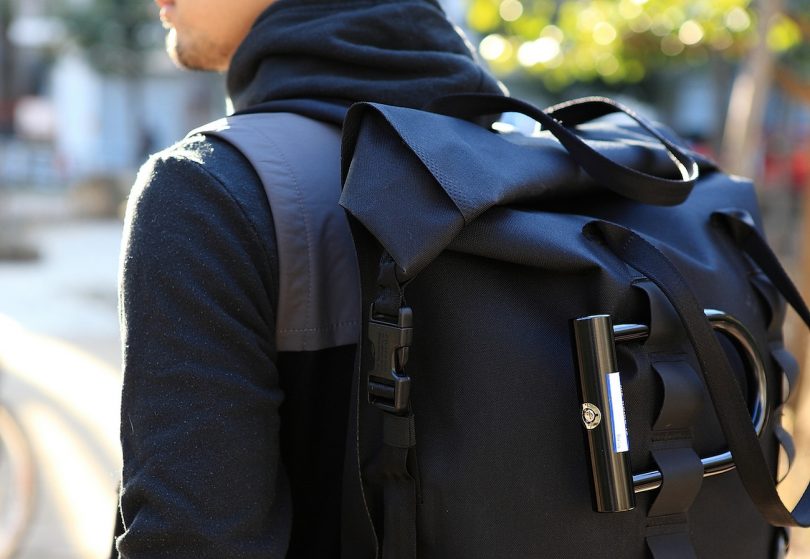
Sternum straps
It’s great to have these sort of straps for increased security and balance. It also helps with the weight distribution, and it’s a good idea in case you’re carrying heavier weights. Plus, they may also have some pockets in case you need quick access to other stuff like an emergency whistle that’s helpful even in an urban environment.
Load lifter straps
These are the mother of all straps, and they’re a huge plus when you’re really carrying a whole lot of weight, more than 80 pounds. That’s because they take thepressure off your back by putting extra weight on your front shoulders too.
Trekking poles and ice ax loops
When your backpack has this sort of feature, you can rest assured you’ll have plenty of space for an ice ax and/ or trekking poles, which are really helpful in harsh weather and terrain conditions. Here’s our top choice for the best ice axe for you to see.
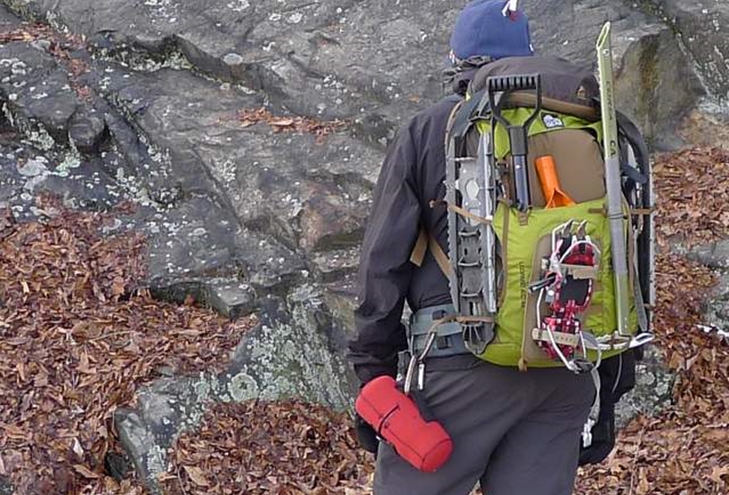
5 types of backpacks to consider
After reviewing the main characteristics, compartments and extra features a backpack may have, we can look at various types of abackpack according to their purpose.
Outdoor backpacks
Firstly, we’ll analyze the advantages, characteristics, and functions of outdoor backpacks. When dealing with outdoor backpacks, the most popular are:
The hiking backpack
Obviously designed for hiking and lengthy expeditions, this backpack is precisely what you need if you’re interested in:
- Stability
- Comfort
- Carrying extra loads.
A hiking backpack features:
- Maybe more or less pricey, according to the features and materials used.
- It’s a better deal to get a lighter backpack if you’re hiking for longer periods of time.
- The best materials used are Cordura and ripstop nylon.
- A more complex design is better since you’ll have more pockets.
- Hip belt pockets and shoulder pouches are really great for hiking, some even consider them a must.
- Straps are a priority too, at least sternum ones if you don’t have load lifters for extra weight when hiking weeks at a time.
- Trekking poles loops are a wise idea if you’re hiking in the mountains and you need extra balance.
- Hydration is really important, so hydration bladders might be something to look out for.
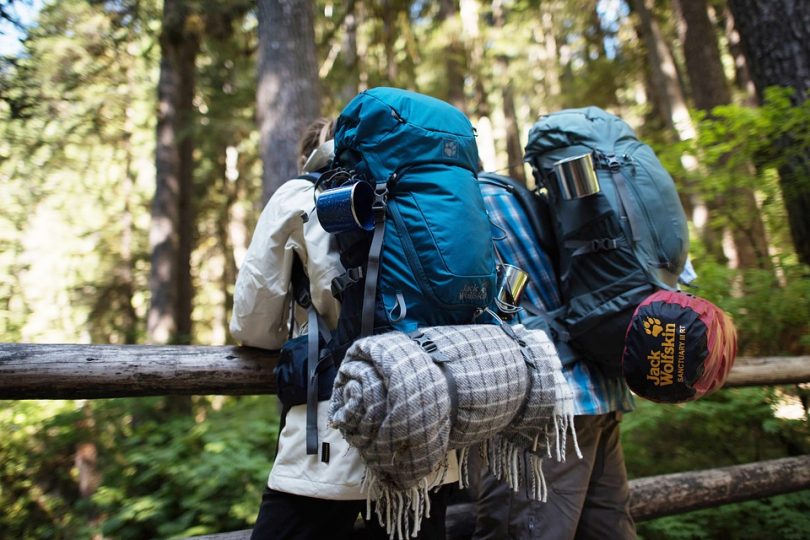
The skiing backpack
This sort of backpack is designed for action sports of all kinds, not just skiing, and its main characteristics are:
- Has a design that allows your body to move freely in a given space.
- Has many outside pockets and attachments for quick, easy grab.
- Most are manufactured from Cordura and nylon.
- They can support less weight if you have alift or heli cat access.
- You can also choose a backpack that supports more weight if you’re planning to spend the night or even do some mountaineering in the process and need to carry your tent.
- Trekking pole and ice ax loops are definitely a must.
The biking backpack
Since this backpack is specially designed for aiding you in various biking trips, you’ll need to get one that’s:
- Less voluminous, since you won’t need a lot of stuff.
- Lightweight, considering you’ll be carrying it on your back for long enough.
- Manufactured from quality materials and with a small frame, considering you won’t have a very heavy load on your back.
- Waterproof if you happen to be caught in therain.
- With padded shoulder straps to help you remain comfortable while paddling.
- Most biking backpacks have just one main compartment and a roll-top closure.
- There may be a couple of pockets on the sides too, for your tools.
- Having a sturdy hip belt and sternum strap are mandatory for keeping your balance when on the move.

Urban backpacks
When you’re in an urban environment, you’ll probably need a backpack for going to work, school or walking around town. If you have a comfortable outdoor backpack, you can certainly take that one, and vice-versa: a roomy, comfortable urban backpack can be good for one-day hiking trips, a short fishing trip or even day-longbackcountry camping trips.
The office backpack
- Has a rectangle shape.
- Offers good back support for carrying your laptop.
- Has just one main compartment.
- Isn’t really heavy, nor bulky.
- Is generally made from nylon or polyester.
- Isn’t waterproof.
- Can’t support a lot of weight.
- Doesn’t have a lot of straps, cinches, and compartments, not even water holsters.
The school backpack
- Has a square shape.
- Doesn’t cost a lot.
- May have more pockets and compartments to organize your school things.
- Doesn’t weigh very much, nor holds a lot of weight.
- Offers some resistance to water.
- The materials used are synthetic fabrics.
- Should have padded shoulder straps.
- You should find water holsters on its sides.
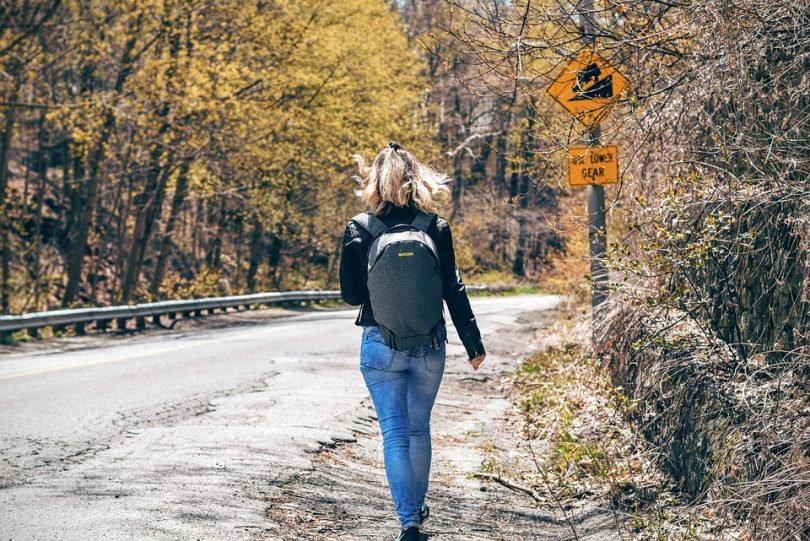
Getting the right backpack
After taking all these things into account, just make sure you get a comfortable backpack. As such, selecting the right fit can make the difference between an enjoyable walk outdoors, whether in the wild or in urban environments, and nightmarish backpains.
[the_ad_group id=”23″]
Although this isn’t the easiest to select, most brands offer comfortable backpacks that fit the vast majority of people. It’s still a good idea to check if it actually fits your size, and that entails getting the precise measurements for your torso and waist. For tips on how to choose the best backpack brands, see our earlier article on this topic.

Now it’s your turn: let us know what sort of backpack you have. Are you satisfied with it? What are you using it for? Do you want to get a new one? Have we missed something in this article or are there other info you would have preferred to find out? The comments are right below.

